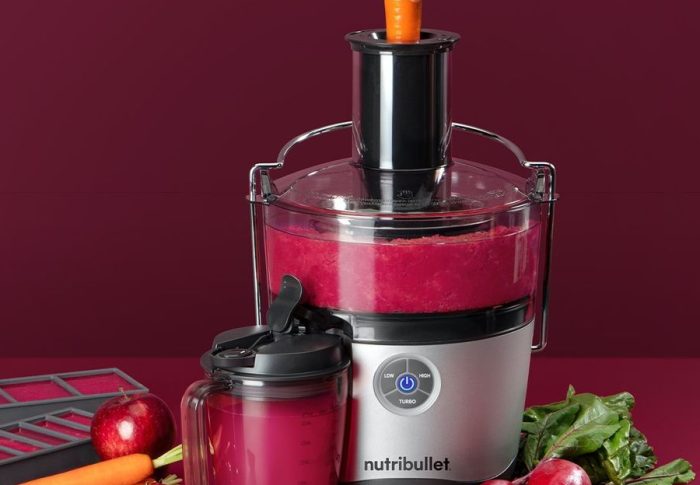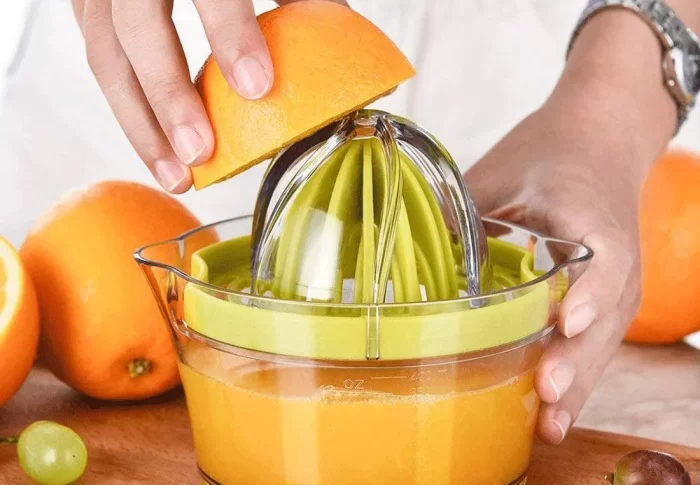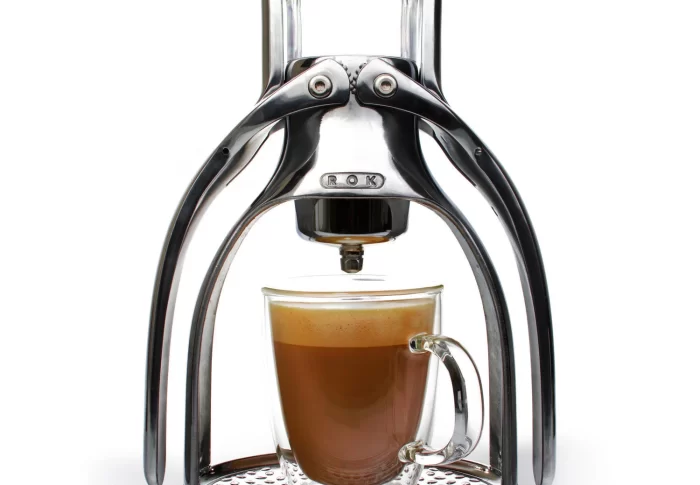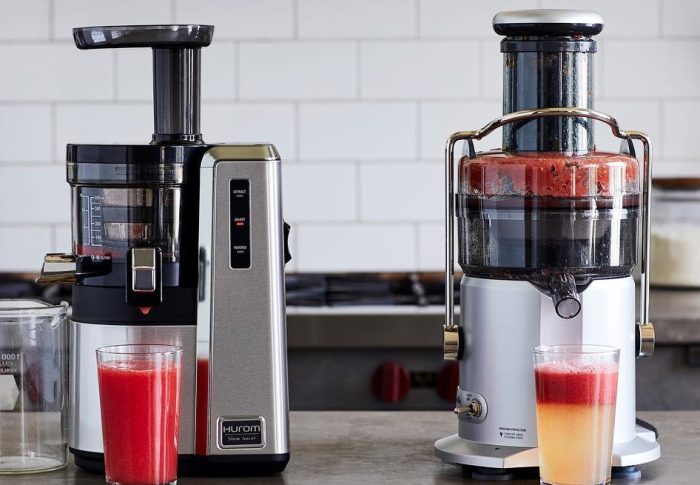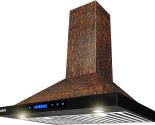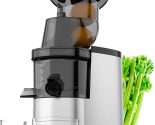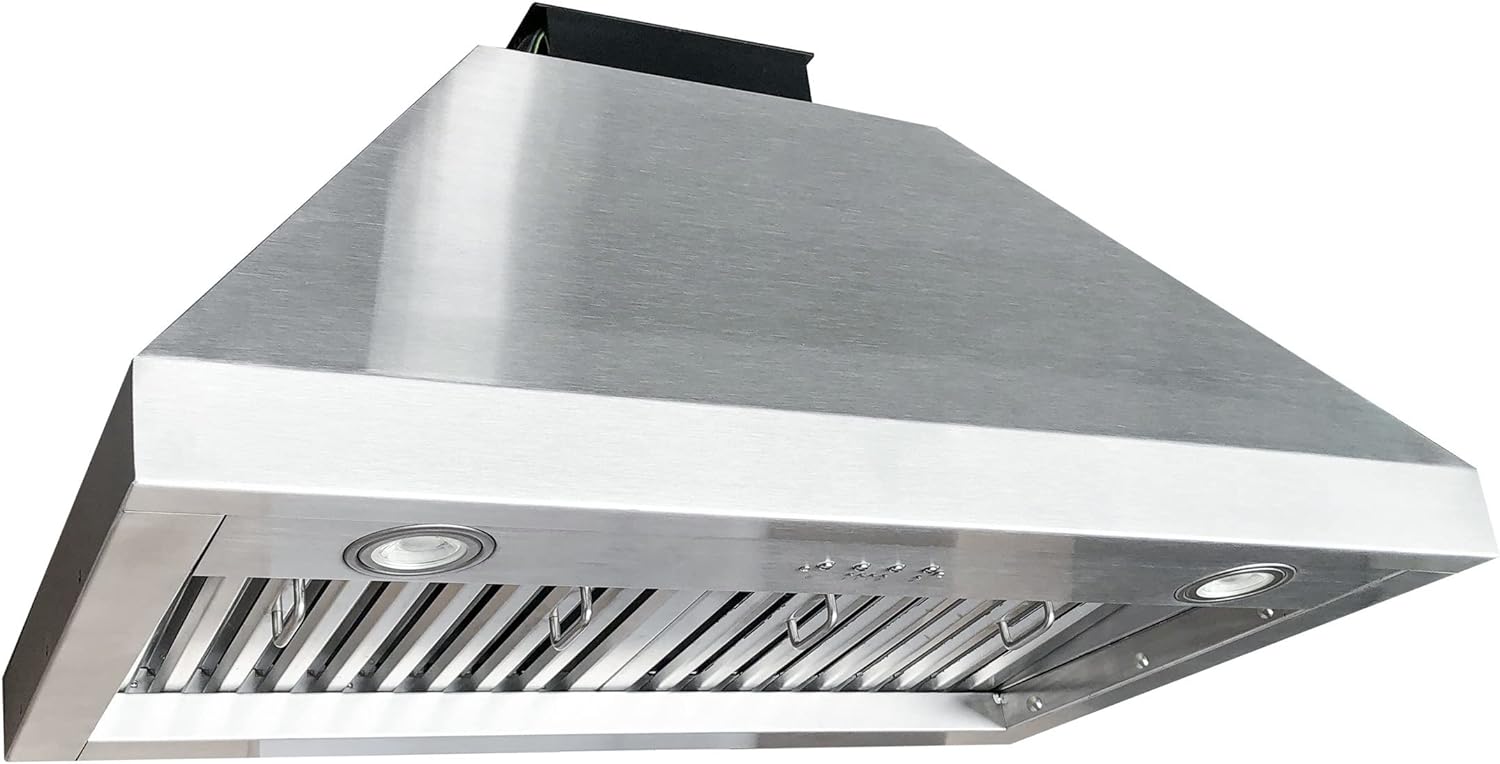
Do I Need a Range Hood for a Gas Stove?
Introduction:
A range hood is often considered an integral component in modern kitchens, especially for those with gas stoves. Its primary function is to ventilate the kitchen by removing smoke, steam, and cooking odors, thereby maintaining a clean and healthy environment. This comprehensive guide explores why a range hood is essential for a gas stove, the benefits it offers, and considerations for choosing the right model.
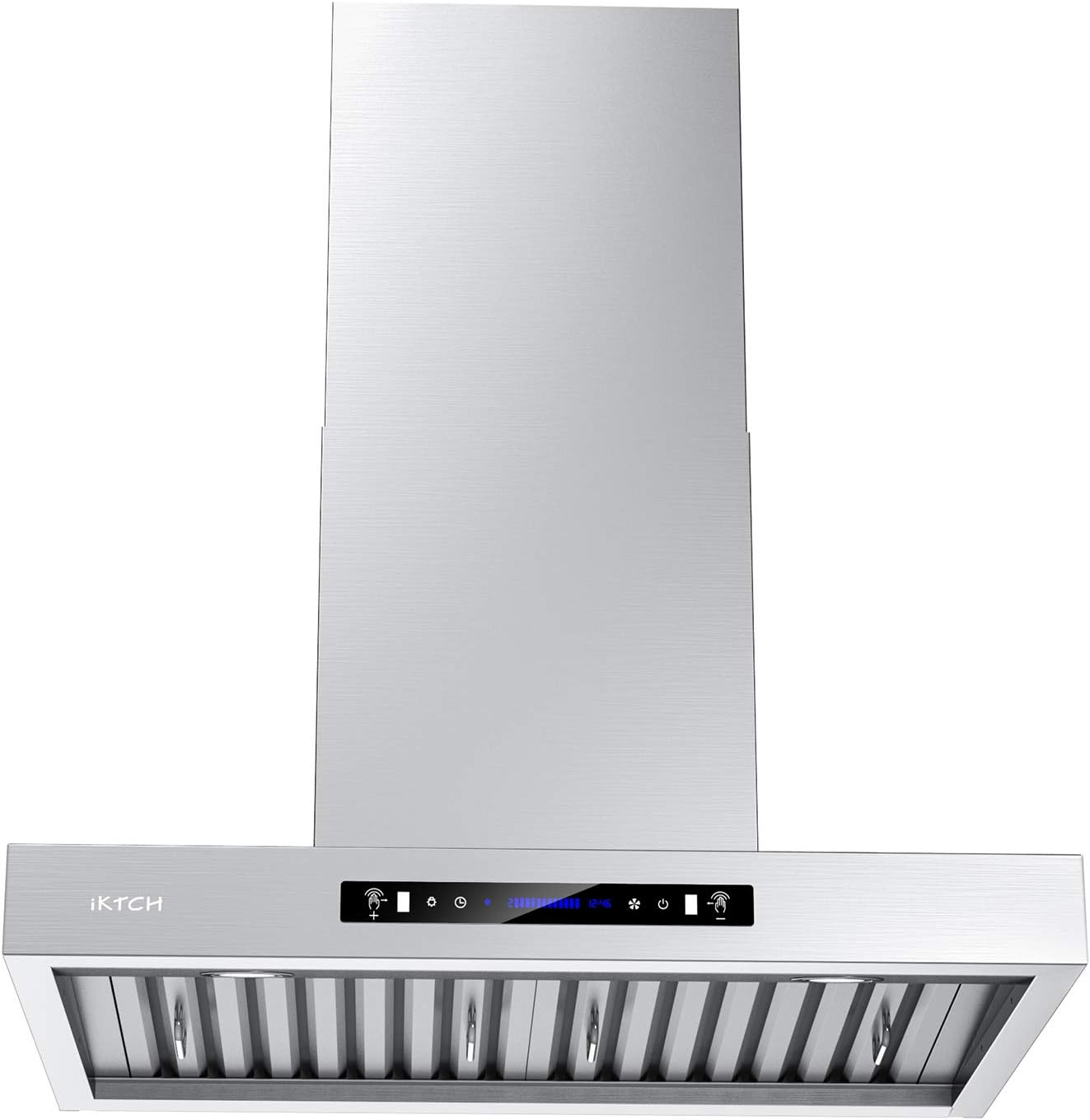
Do I Need a Range Hood for a Gas Stove:
Is It Essential for Your Kitchen?
Importance of Ventilation:
Why Is It Crucial for Gas Stoves?
Ventilation plays a critical role in kitchens with gas stoves for several key reasons.
Removal of Pollutants: Gas stoves emit various pollutants, including carbon monoxide, nitrogen dioxide, and formaldehyde. These harmful substances can accumulate in the kitchen and pose serious health risks if not properly ventilated. A range hood effectively captures and vents these pollutants, maintaining safe indoor air quality.
Control of Smoke and Odors: Cooking with a gas stove often produces smoke, steam, and strong odors. Without adequate ventilation, these can linger in the kitchen and spread throughout the home. A range hood helps quickly remove smoke and odors, ensuring a more pleasant environment and preventing the buildup of greasy residues on surfaces.
Grease and Oil Management: Cooking with gas typically involves frying and sautéing, which can release airborne grease and oil particles. These can settle on kitchen surfaces, making them sticky and harder to clean. A range hood with effective filtration captures grease particles, reducing the risk of buildup and maintaining a cleaner kitchen.
Heat and Moisture Control: Gas stoves generate considerable heat and moisture. A range hood helps dissipate these elements, preventing the kitchen from becoming excessively hot and humid. This enhances overall comfort and protects kitchen materials and finishes from heat damage and excessive moisture.
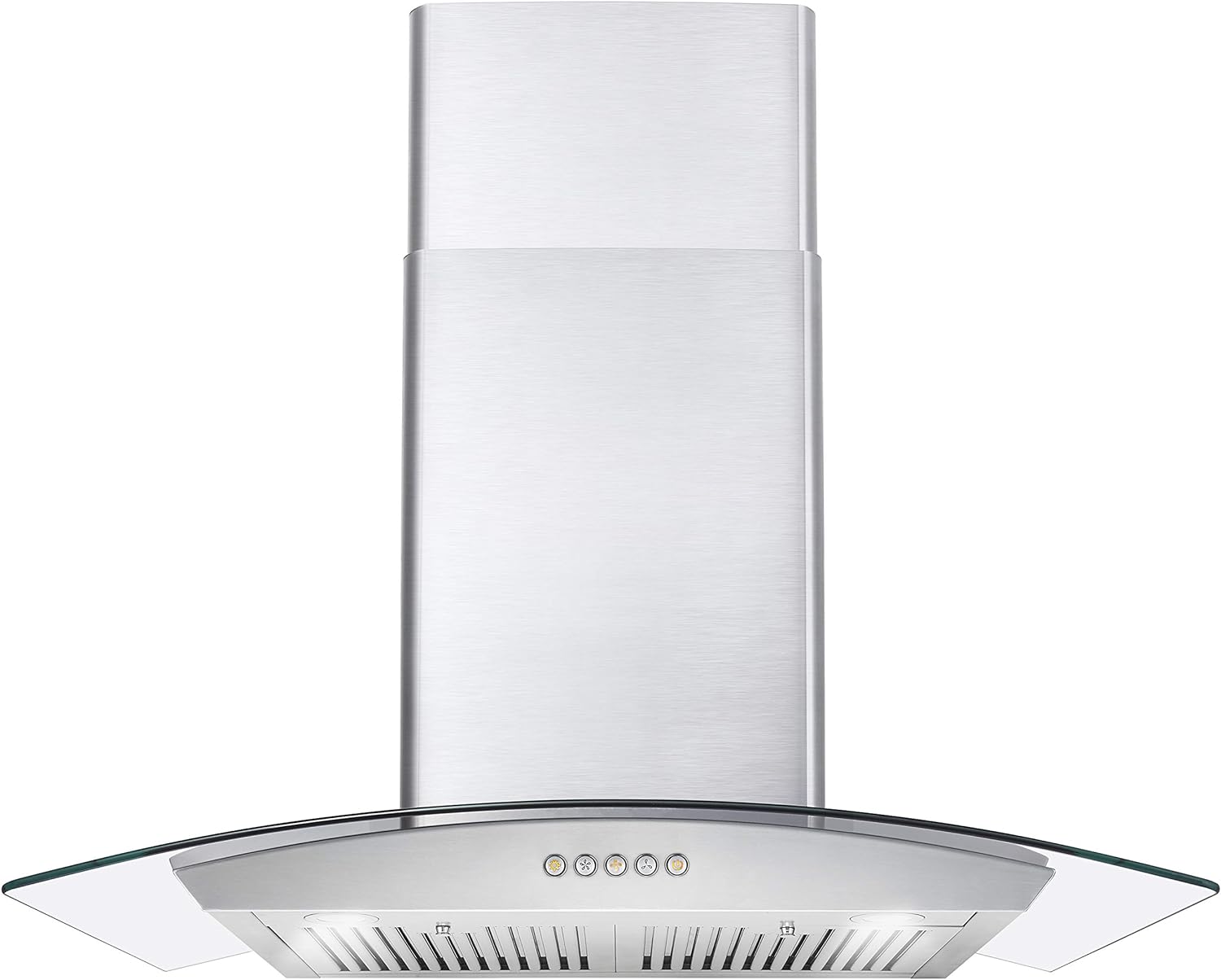
Types of Range Hoods:
What Are Your Options?
Several types of range hoods are available, each catering to different kitchen setups and ventilation needs.
Under-Cabinet Range Hoods: Installed beneath kitchen cabinets, under-cabinet range hoods are popular for their efficiency and compact design. They can be vented or non-vented (recirculating), offering flexibility based on your kitchen layout. These hoods are ideal for kitchens with limited space above the stove.
Wall-Mounted Range Hoods: Wall-mounted range hoods, also known as chimney hoods, are attached to the wall above the stove and extend upward, resembling a chimney. They offer powerful ventilation and are suitable for kitchens without cabinets above the stove. Wall-mounted hoods often feature a striking design, adding an aesthetic element to the kitchen.
Island Range Hoods: Designed for cooktops located on kitchen islands, island range hoods are mounted to the ceiling and provide 360-degree ventilation coverage. These hoods typically have higher CFM ratings to handle the open layout and lack of surrounding walls. Island hoods can serve as a focal point in the kitchen with their sleek, modern designs.
Downdraft Range Hoods: Built into the cooktop or countertop, downdraft range hoods rise up when in use and retract when not needed. They pull air down through the cooktop, venting it out through ducts. Downdrafts are a space-saving option, though they may not be as effective as overhead hoods for heavy-duty cooking.
Convertible Range Hoods: Convertible range hoods offer versatility by allowing either vented or recirculating installation.
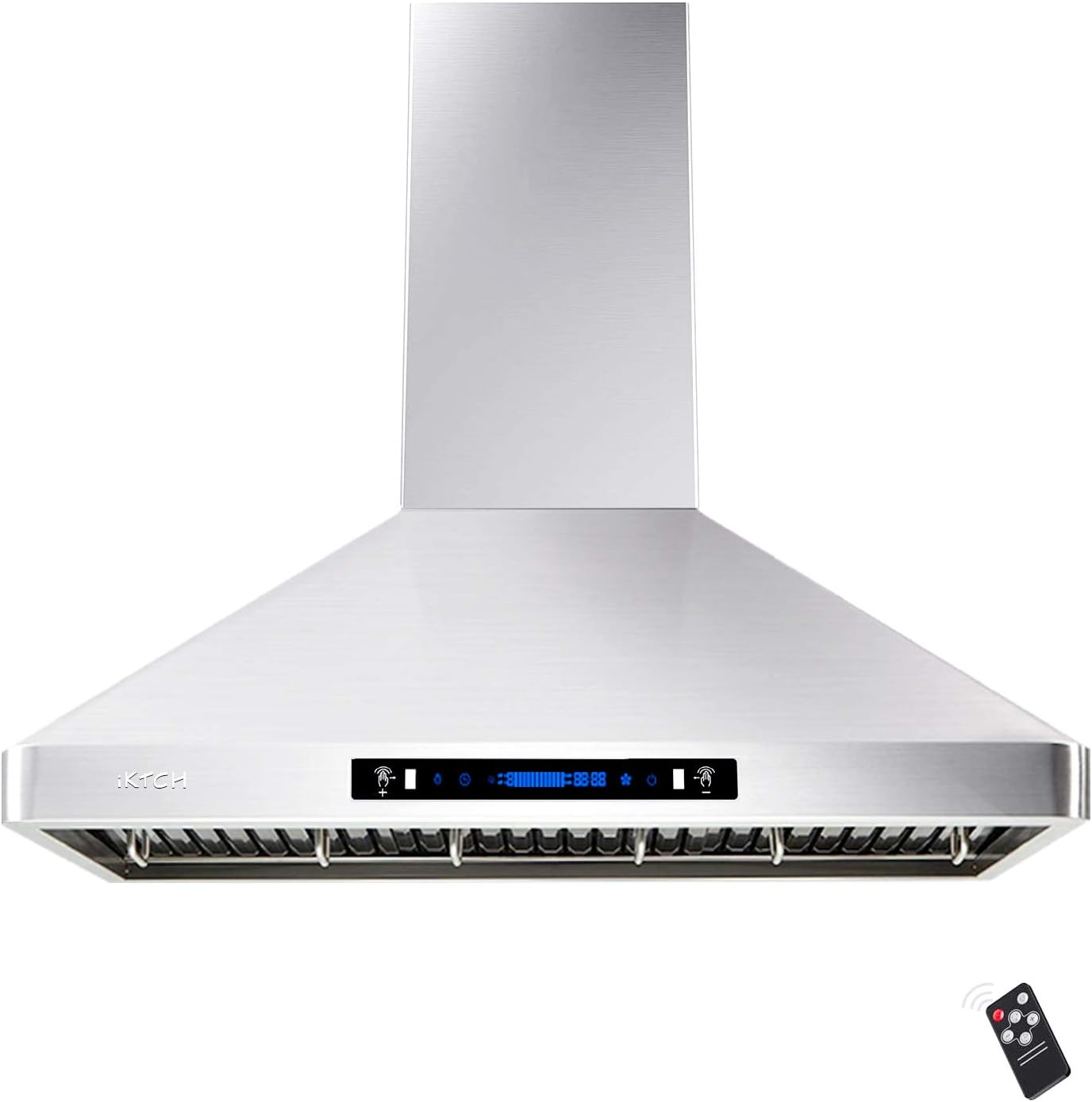
Benefits of Using a Range Hood:
How Does It Enhance Kitchen Functionality?
Utilizing a range hood offers numerous advantages that enhance both functionality and the overall kitchen experience.
Improved Air Quality: One of the most significant benefits of a range hood is the improvement of indoor air quality. By efficiently removing pollutants, smoke, and odors, a range hood helps maintain a healthier environment, reducing the risk of respiratory issues and allergies.
Increased Kitchen Comfort: Cooking with a gas stove can significantly increase the kitchen’s temperature. A range hood helps dissipate heat, ensuring a more comfortable cooking environment. Controlling humidity levels also prevents the kitchen from becoming too humid, enhancing overall comfort.
Enhanced Safety: Proper ventilation reduces the risk of carbon monoxide buildup, a dangerous and potentially lethal gas. A range hood ensures that harmful gases emitted from the gas stove are effectively vented outside, maintaining a safe kitchen environment.
Maintenance and Cleanliness: A range hood with effective grease filters captures airborne grease and oil particles, preventing them from settling on kitchen surfaces. This reduces the frequency and effort required to clean countertops, cabinets, and other surfaces, maintaining a cleaner kitchen.
Increased Home Value: Having a well-functioning range hood can boost the overall value of your home. Potential buyers often consider kitchen ventilation as an essential feature, and a high-quality range hood can be a selling point.
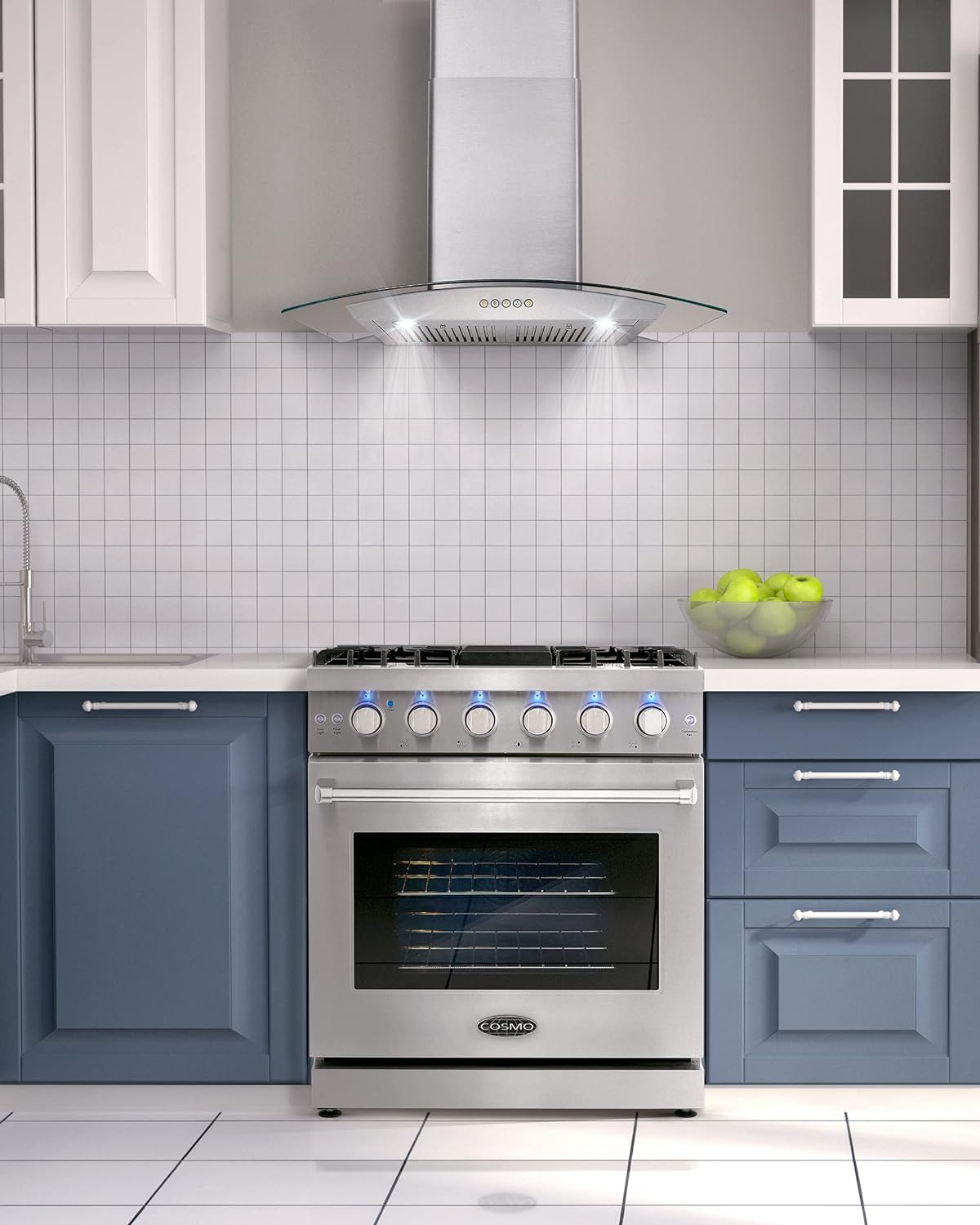
Selecting the Right Range Hood:
What Factors Should You Consider?
Choosing the right range hood involves evaluating several factors to ensure it meets your specific needs.
Kitchen Size: The size of your kitchen plays a significant role in determining the range hood’s required CFM (cubic feet per minute) rating. Larger kitchens need more powerful ventilation to ensure adequate air turnover. Calculate the kitchen’s volume and consider the airflow needed for comprehensive ventilation.
Cooking Habits: Your cooking habits impact the range hood’s required CFM. If you frequently fry, grill, or use high-heat cooking methods, you’ll need a more powerful range hood to handle the increased smoke and grease.
Stove Size: The size and type of your stove are critical factors. For gas stoves, a common guideline is to have a range hood with a CFM rating of 100 CFM per linear foot of the cooktop. For example, a standard 30-inch gas stove would require a range hood with at least 250 CFM.
Ductwork: Proper ductwork is essential for efficient ventilation. The length, diameter, and layout of the ducts can affect airflow. Longer ducts with more bends reduce efficiency, necessitating a higher CFM to compensate. Ensure that ducts are adequately sized and installed to minimize airflow resistance.
User Experiences and Reviews:
What Do Homeowners Say About Their Range Hoods?
Learning from other homeowners’ experiences provides valuable insights into the performance and satisfaction of different range hood models.
Positive Feedback: Many homeowners appreciate the improved air quality and reduced cooking odors provided by their range hoods. Positive reviews often highlight the effectiveness of higher CFM ratings in managing smoke and grease, particularly for gas stoves.
Common Praises: Users frequently commend the durability, quiet operation, and ease of maintenance of their range hoods. Features like variable speed settings, bright LED lighting, and washable filters receive positive mentions.
Challenges Encountered: Some users note challenges related to installation, particularly with ductwork and space constraints. Noise levels in higher CFM models can also be a concern. Despite these issues, the overall performance and benefits of having a range hood are well-recognized.
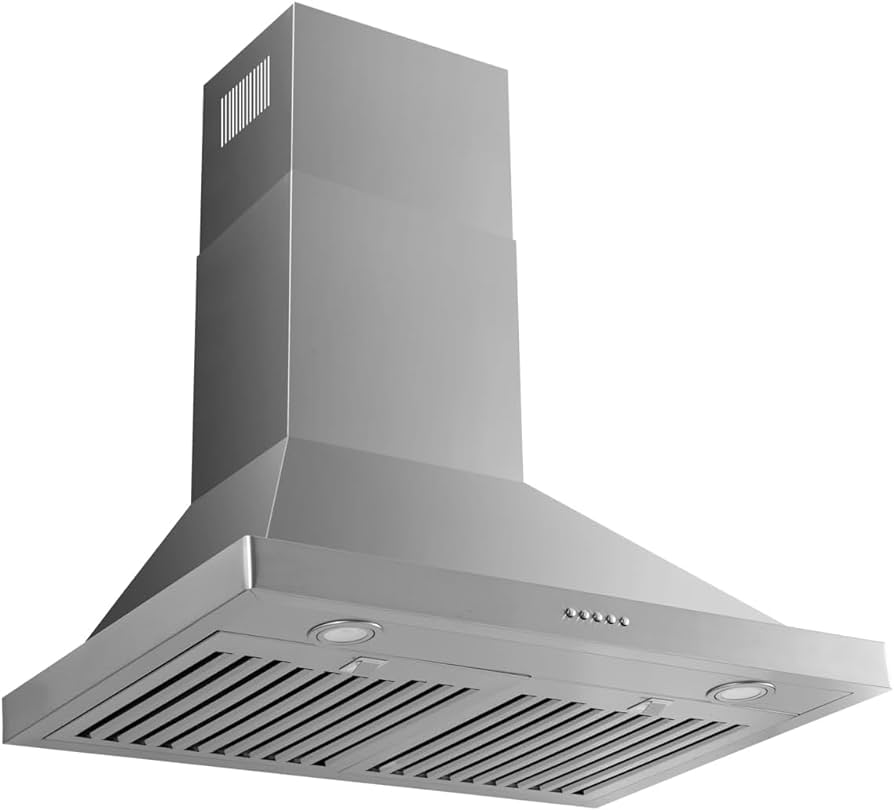
Care and Maintenance:
How to Ensure Peak Performance of Your Range Hood?
Proper care and maintenance are crucial for ensuring the peak performance and longevity of your range hood.
Regular Cleaning: Clean the range hood regularly to remove grease and grime buildup. Use a mild detergent and a soft cloth to clean the exterior and interior surfaces.
Check and Maintain Filters: Aluminum or stainless steel filters can be cleaned with warm, soapy water or in the dishwasher. Charcoal filters used in recirculating hoods need periodic replacement. Keeping the filters clean ensures optimal airflow and efficiency.
Inspect Ductwork: Periodically inspect the ductwork for obstructions or damage. Ensure that ducts are properly sealed and free from blockages to maintain efficient airflow and prevent backdrafts.
Test Fan Functionality: Test the fan and control settings regularly to ensure they are operating correctly. Listen for unusual noises that might indicate a need for maintenance or repair.
Replace Bulbs and Fuses: If your range hood includes lighting, replace bulbs as needed. Check the user manual for the correct bulb type. If the range hood stops working, check the fuses or circuit breakers.
Conclusion
A range hood is essential for a kitchen with a gas stove, providing crucial ventilation that removes pollutants, smoke, and odors. By understanding the importance of ventilation, exploring the different types of range hoods, and evaluating key factors such as kitchen size, cooking habits, and stove specifications, you can choose the right range hood for your needs. Proper care and maintenance ensure optimal functionality and longevity, enhancing your kitchen’s air quality, safety, and overall comfort. Investing in a high-quality range hood is a valuable step toward maintaining a healthier and more enjoyable kitchen environment.

